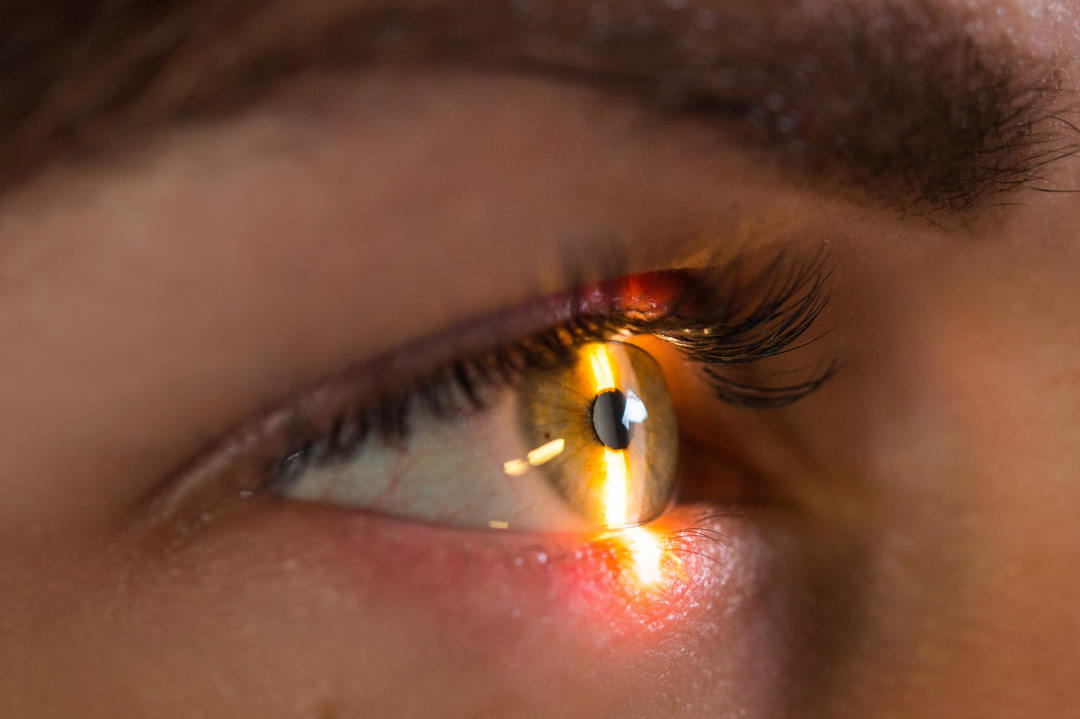AMD – a disease spectrum?
A review of AMD data has led researchers to propose that it should be considered a disease spectrum due to its differing mechanisms and underlying causes.
Co-authored by Melbourne’s Professor Robyn Guymer, the review published in Nature, notes that although there have been major breakthroughs in the treatment of exudative AMD, no efficacious treatment is yet available to prevent the progressive irreversible photoreceptor degeneration that leads to central vision loss. However, progress in high-resolution retinal imaging has enabled refined phenotyping of AMD in vivo, and clinicopathological and genetic correlations have underscored the condition’s heterogeneity.
“Our current understanding promotes the view that AMD represents a disease spectrum comprising distinct phenotypes with different mechanisms of pathogenesis. Hence, tailoring therapeutics to specific phenotypes and stages may, in the future, be the key to preventing irreversible vision loss,” said researchers.
“We hope that our emphasis on this idea will be thought-provoking for basic and clinical scientists as they plan new research that ultimately will lead to improved care and better quality of life for patients with AMD,” lead author Professor Monika Fleckenstein, from the University of Utah in Salt Lake City, US, told Modern Retina.


























